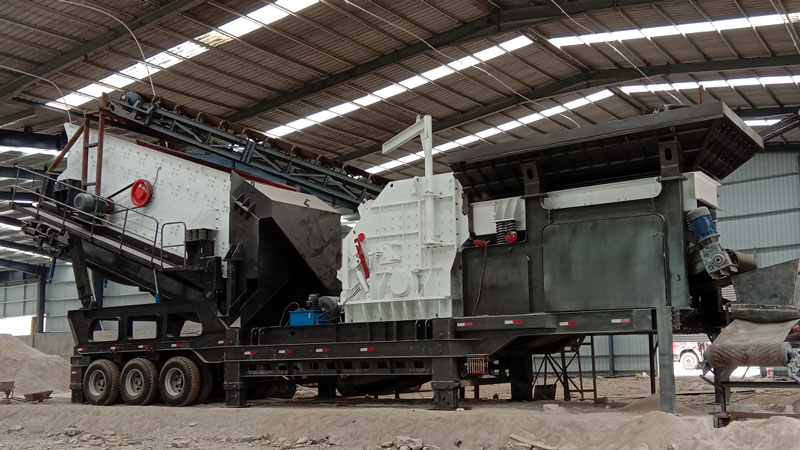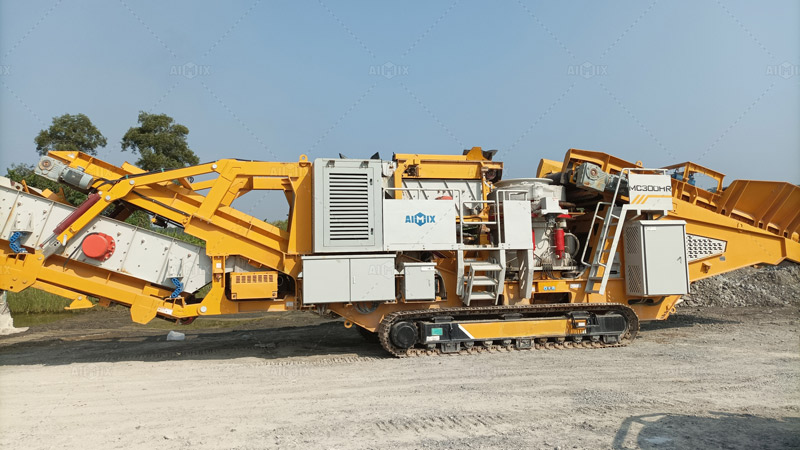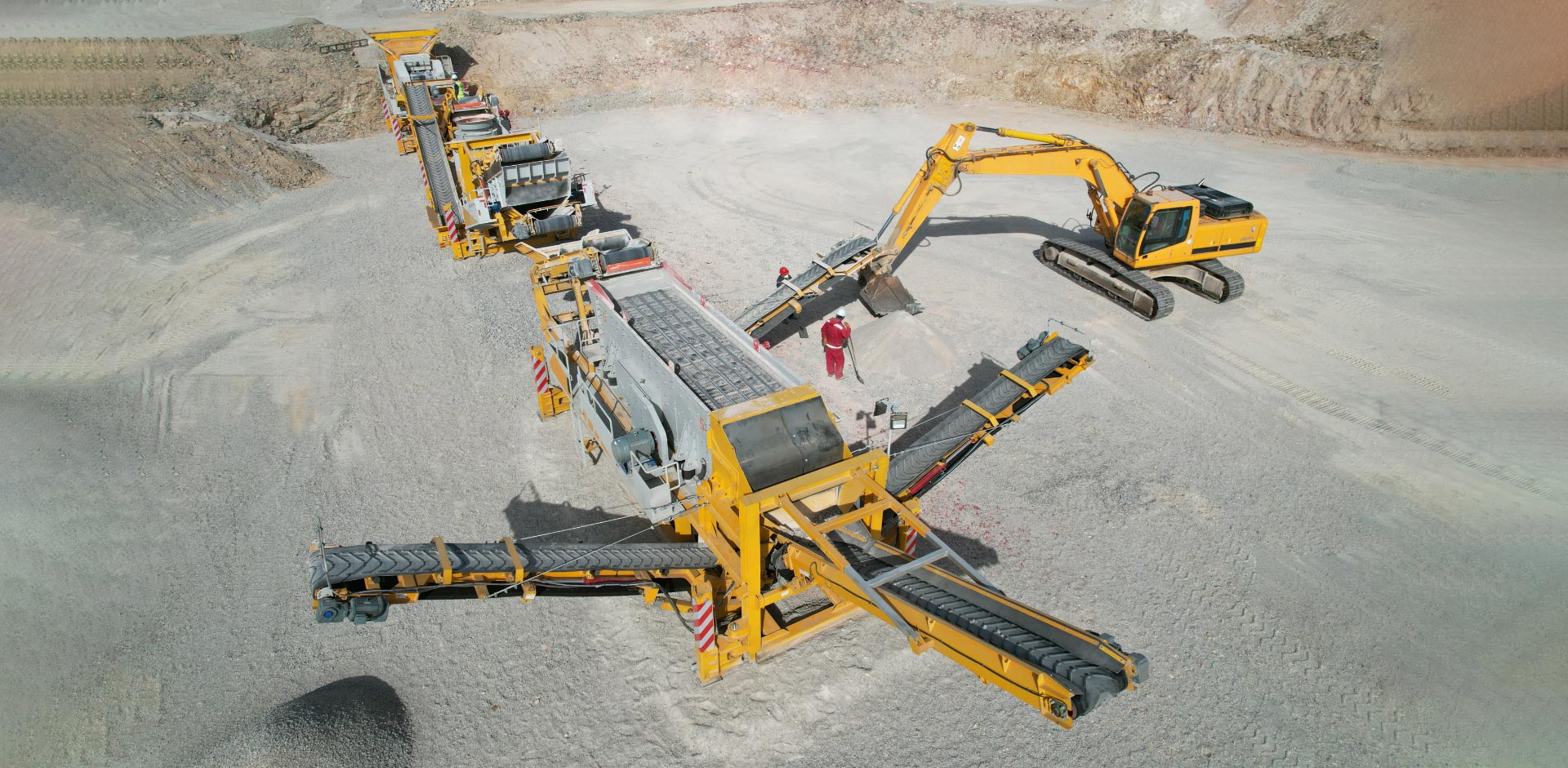Running a stone crusher plant can be a highly profitable venture. However, like many other industrial operations, it’s easy to overlook the hidden costs associated with its daily management. These unanticipated expenses can impact the profitability and smooth operation of the plant. In this article, we’ll uncover the hidden costs of running a stone crusher plant and provide tips on how to minimize them to ensure your business remains cost-effective.
Understanding the Basics of Stone Crusher Plant Operation
A stone crusher plant(planta trituradora piedra) is a complex system of machinery designed to crush rocks into smaller aggregates for various construction applications. While the initial investment in purchasing stone crushers for sale might seem like the primary cost, there are numerous ongoing expenses that are crucial to consider, which can often be overlooked. Let’s explore the hidden costs associated with its operation.

Hidden Costs to Look Out For
1. Maintenance and Repairs
One of the most significant hidden costs of operating a stone crusher plant(AIMIX planta chancadora de piedra Perú) is maintenance. Heavy machinery requires regular upkeep to prevent breakdowns and ensure smooth performance. While routine maintenance like lubrication or filter changes is expected, unexpected repairs can pile up over time.
Common causes of equipment wear include:
- Continuous crushing of hard materials
- Operating the crusher at high capacity for long periods
- Poor maintenance practices
How to Avoid Costly Repairs:
- Preventive maintenance schedule: Regularly check your machines to detect early signs of wear and tear. A well-implemented preventive maintenance plan can help avoid expensive repairs.
- Staff training: Properly trained operators can recognize early signs of malfunction and take the necessary steps to avoid further damage.
- Use high-quality parts: Cutting costs on parts may lead to more frequent breakdowns. Invest in durable and high-quality parts to save in the long run.
2. Energy Consumption
Running a stone crusher plant consumes a significant amount of energy. While this might not be considered a hidden cost in the traditional sense, the amount of energy consumed can sometimes go unnoticed, especially when not monitored closely.
How to Reduce Energy Costs:
- Use energy-efficient equipment: Invest in modern crushers that have been designed to consume less energy while delivering the same (or better) performance.
- Monitor energy use: Keeping an eye on your plant’s energy consumption can help identify inefficiencies. Upgrading or maintaining equipment to optimize energy use can result in significant savings.
- Implement automation: Automated systems can optimize the entire process by ensuring machines run only when needed, reducing unnecessary power usage.

3. Wear and Tear on Consumables
Consumables such as wear plates, screens, conveyor belts, and liners are integral parts of the stone crushing process. The cost of replacing these items may not always be obvious during the initial setup but can add up over time, especially in high-wear environments.
How to Minimize Consumables Costs:
- Regular monitoring: Inspect wear components regularly and replace them before they cause equipment damage.
- Choose durable materials: Opt for wear-resistant materials in high-friction areas to extend the life of consumables and reduce replacement frequency.
- Adjust equipment settings: Fine-tuning crusher(venta de trituradora de piedra) settings can minimize excessive wear on parts, reducing the need for frequent replacements.
4. Transportation and Logistics
Moving materials in and out of the stone crusher plant can incur considerable transportation costs. These costs often go unnoticed because they are spread over various stages of the operation. Transportation expenses can include fuel costs, labor, and vehicle maintenance.
Tips to Control Transportation Costs:
- Optimize site layout: Minimize the distance between the crushing site and where materials need to be transported.
- Use in-house transportation: If possible, use your own fleet for transportation to control costs and schedule more efficiently.
- Plan transport routes carefully: Choosing the most direct and efficient routes reduces fuel consumption and saves time.
5. Downtime Costs
One of the most expensive hidden costs is downtime, whether it’s from a mechanical failure, lack of raw materials, or insufficient labor. Every hour a stone crusher plant is not in operation translates to lost revenue, increased labor costs, and missed deadlines.
Ways to Reduce Downtime:
- Predictive maintenance: Using sensors and monitoring systems can help detect problems before they lead to breakdowns.
- Keep spare parts on-site: Stocking commonly replaced parts ensures that when something breaks, repairs can happen immediately.
- Cross-train employees: Ensure that your staff is versatile and able to cover for each other in case of absence or additional demand.
6. Compliance and Regulatory Fees
Complying with environmental and safety regulations is essential when operating a stone crusher plant of AIMIX Machinery. Non-compliance can result in hefty fines and operational shutdowns, both of which are avoidable hidden costs.
How to Avoid Compliance Costs:
- Understand local regulations: Stay informed about the latest regulations in your area regarding dust, noise, and environmental impact.
- Implement dust suppression systems: This not only ensures compliance but also creates a safer working environment.
- Maintain proper documentation: Keep thorough records of inspections, permits, and employee safety training to avoid penalties during audits.
7. Labor Costs
Although labor is a direct operational cost, it’s often underestimated. Overtime, underutilized workers, and insufficiently trained staff can lead to inefficiencies and increase labor costs significantly.
Managing Labor Costs Efficiently:
- Efficient scheduling: Ensure that shifts are planned according to production demand to avoid overstaffing or understaffing.
- Cross-training: Cross-training employees can lead to more flexible operations and reduce dependency on specialized labor.
- Invest in automation: Automation can reduce the need for manual labor, increasing efficiency and lowering overall costs.
Conclusion
Operating a stone crusher plant involves more than just the initial investment in purchasing stone crushers for sale. Hidden costs such as maintenance, energy consumption, wear and tear on consumables, transportation, downtime, and compliance can quickly add up, cutting into profits. By understanding and managing these costs through preventive measures, careful planning, and smart investments in technology and training, you can ensure your stone crusher plant remains profitable and runs smoothly.
By being proactive and strategic, you can avoid these hidden costs and optimize your plant’s efficiency, resulting in long-term savings and success for your business.
